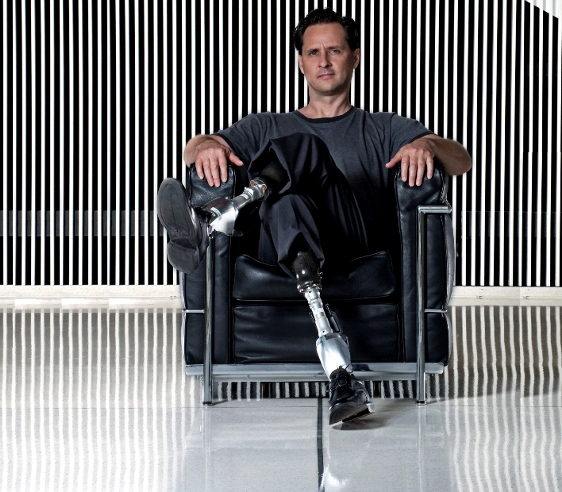Main content
2016 Princess of Asturias Award for Technical & Scientific Research

Hugh Herr
2016 Princess of Asturias Award for Technical & Scientific Research
World leader in the field of bionics and biomechanics, Hugh Herr had to have both legs amputated below the knees when 17 years old after suffering severe frostbite in his limbs during a climb in the mountains.
End of main content
